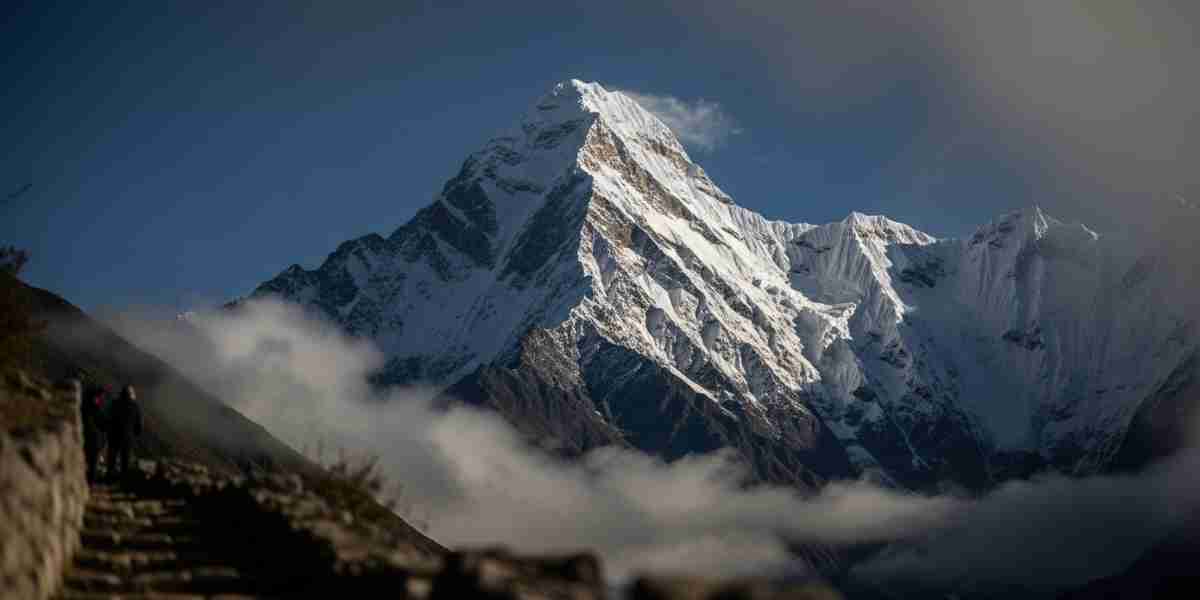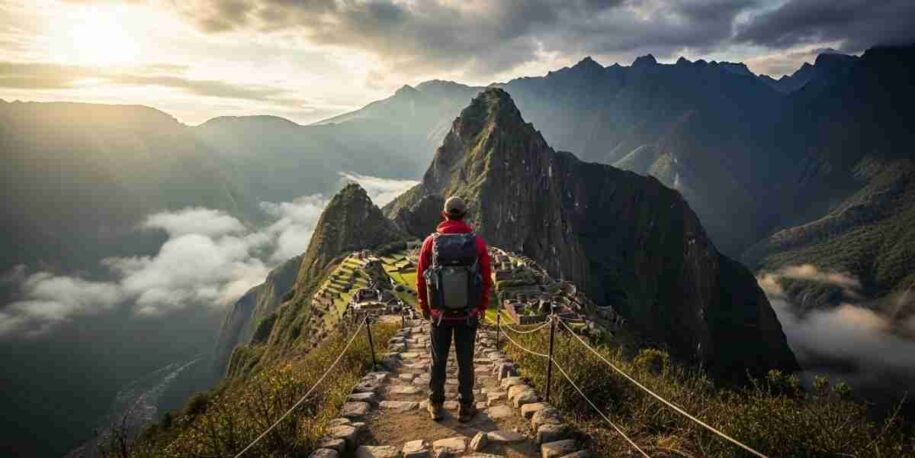To walk the Inca Trail is to step into a narrative four centuries in the making. Many see it as a physical challenge, a bucket-list item to be conquered and checked off. But to view it merely as a trek is to read only the cover of a profound and intricate story. The true spiritual meaning of the Inca Trail lies not in reaching the destination, but in understanding the journey itself—a meticulously designed pilgrimage that prepares the mind and spirit for the revelation that is Machu Picchu. It’s an experience that transcends hiking and becomes a moving meditation through a landscape the Incas considered divine.
The Incas were masters of their environment, but their engineering was never purely functional. It was an expression of their cosmology. The path to Machu Picchu was not the most direct route; it was the most ceremonially significant. It winds through different ecological zones, climbs to breathtaking passes, and reveals tantalizing glimpses of snow-capped peaks. This was all by design. This was an orchestrated experience, an Inca pilgrimage to Machu Picchu meant to humble, purify, and ultimately awe the traveler before they entered the sacred citadel.
Reading the Landscape: An Andean Dialogue
To appreciate the trail’s depth, one must understand a fundamental concept of Andean cosmology explained through its geography: the landscape was alive. The great mountains, or Apus, were not simply massive geological formations; they were regarded as powerful, protective deities, the local lords of the land. Each major peak along the trail—Salkantay, Veronica, and others visible in the distance—was a specific entity with its own personality and sphere of influence. The trail itself is a conversation with these Apus, intentionally routed to pay respect, to pass through their domains, and to place the traveler in a state of reverence.
You are not just moving through the Andes. You are moving with them.
💡 Key Takeaway: The Inca Trail is not just a path carved into mountains. It was conceived as a sacred route where the physical journey aligns with a spiritual narrative, preparing the visitor for arrival at one of the most significant sites in the Inca world. The mountains and rivers were not obstacles, but active participants in the pilgrimage.
This dialogue extends from the towering peaks to the very earth under your feet. The concept of Pachamama, or Mother Earth, is central to this worldview. She represents fertility, sustenance, and the ground of all being. The act of walking, of feeling the strain in your legs as you ascend, of smelling the damp earth after a rain—this is a direct, unfiltered connection with Pachamama. It’s an experience that grounds you, literally and figuratively, stripping away the non-essential and focusing your awareness on the present moment, on each breath, on each step.
✨ A Guide’s Advice: When you stop at a high pass, breathless from the altitude and the view, take a moment. Notice how your guides might quietly make a small offering of coca leaves to the wind. This is a gesture of ayni, or reciprocity—a thank you to the Apus for safe passage. You don’t need to adopt the belief, but I encourage you to adopt the practice of gratitude. Acknowledge the mountain. Acknowledge the earth. This simple act of mindfulness can transform your hike from a physical effort into a profound exchange. It’s a way of participating in the spirit of the trail, not just observing it.

The True Meaning of an Inca Trail Journey
The path is also a journey inward. The physical exertion, the detachment from digital noise, and the sheer scale of the environment create a unique space for personal reflection. As you walk the same stones laid by Inca priests and messengers centuries ago, you are inevitably drawn to consider your own place in the world. The challenges of the trail—the steep ascents, the changing weather, the physical fatigue—become metaphors for personal obstacles. Overcoming them delivers more than just a sense of accomplishment; it brings clarity.
❓ Did You Know…? The final steps of the classic Inca Trail do not lead directly into Machu Picchu itself. They lead to the Intipunku, the Sun Gate. From here, you get the iconic, panoramic view of the citadel below, often as the morning sun crests the mountains. This was the intended climax of the pilgrimage—a moment of pure, unadulterated awe, the final spiritual reward before descending into the city itself. It was the culmination of the physical and spiritual cleansing of the journey.
Ultimately, the spiritual significance of the Inca Trail is not something that can be simply told; it must be felt. It is in the silence of a high mountain pass, the shared laughter with your porters, the taste of coca tea in the cold morning air, and the first, breathtaking sight of Machu Picchu from the Sun Gate. It is a reminder that some journeys are measured not in kilometers, but in transformation.
Begin Your Own Pilgrimage
Understanding the soul of the Inca Trail is the first step toward experiencing it not as a tourist, but as a true traveler. It requires more than just a backpack and good boots; it requires a willingness to see the world through a different lens, to feel the history under your feet, and to allow the journey to change you.

